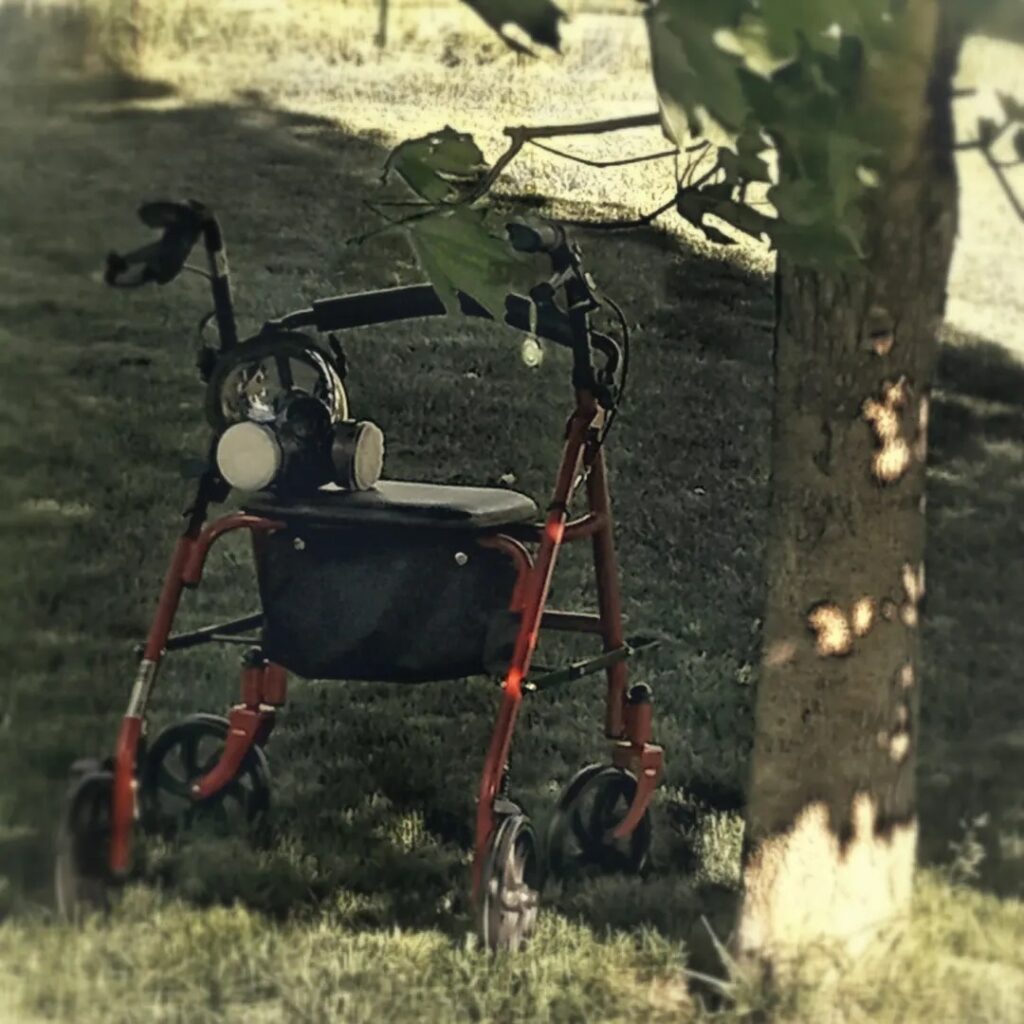Guidelines for Creating a Newsletter
How to Submit Copy
https://www.arttochangetheworld.org/how-to-submit-newsletter-copy/
A line between each article so Natalie knows where they stop and start
Number and Line up the jpgs in the order they appear. Usually 1 jpg but two OK if compelling.
Mail Chimp and WordPress do not accept PDFs
Each article should have the what, where, when, and who front and center.
Use 12 Point Calibri type.
Copy edit to a point. Grammar and spelling. Don’t change content.
Make Titles 22 point type and Bold
Build the Newsletter in a Word Document. Example following:
Your ideas for topics?
________________________________________________________________________________________
 he Need for Virtual Access Pre and Post Covid19
he Need for Virtual Access Pre and Post Covid19
Before the pandemic, many may never have thought of what it would be like to have to stay home. To not be able to go out to normal events like school, work, religious services, or recreational activities. For others, that was already their way of life. With the pandemic, life changed, now that things are returning to normal, what changes will stay? Will we forget what helped us through those days of quarantine or realize we have an opportunity?
I’m someone who, due to physical disabilities, was unable to go out long before Covid arrived. Seeing everything go on lockdown, I’ll admit, held a bit of schadenfreude. I’d been frustrated and unheard for so long, fighting alone against a world that saw my isolation as something that didn’t apply to them. Something that they didn’t need to care about.
As alone as I felt, I’m far from the only one. An estimated 20% of the US population in 2011 alone was classified as some level of homebound. 395,422 of which were considered fully homebound, meaning they pretty much never left their homes. It may not be a majority but it’s far from one individual. This is a bigger issue.
But is it that harmful? Many people seemed to think it was perfectly fine for others and myself to struggle to access medical care and other things. Surely, staying home couldn’t be that bad? With the pandemic, I found myself gritting my teeth at people expressing how hard it is, especially in the beginning when we thought it’d only be a few weeks of watching TV. Certainly, it hit us all harder than that. It is tough, as we all learned. Being socially isolated can hurt our physical health as well as our mental health. Sleeplessness, lowered immunity, anxiety, depression, suicide, and even damage to the heart and brain all happen. Serious repercussions, because of inaccessibility to the outside world.
Is it worth it to organizations to care? We can’t focus on every issue in the world at once and capitalism tends to breathe down our necks to pick the most beneficial options. Is there any benefit to making things more accessible? Yes. Virtual reality not only can boost attendance, in some cases 40%, it can also create more sales opportunities without adding expenses for the extra attendants. It only makes things better, all around. There’s no reason not to make things more accessible when possible.
As someone who was isolated before the pandemic, I saw the world open up when the outside shut down. Now that it’s ending, I worry that the world of possibilities I’d finally caught a glimpse of will struggle to stay alive. As others rush to finally meet in person, I dread being forgotten and left behind. I know I’m not the only one.
Sources:
https://www.ncbi.nlm.nih.gov
https://publichealth.tulane.edu/blog/effects-of-social-isolation-on-mental-health/
https://helloendless.com/virtual-attendance-at-events/
This article was contributed by Alkemy, who is a new ACW intern. Ne is working on ACW’s social media via Discord, boosting online accessible opportunities, and Paint to Process which is an artistic support group for those who have experienced trauma early in life.
_____________________________________________________________________________________________________________________________________________

Call for Applications for Kolman & Reeb Gallery Project Space Grants for 2023
Kolman & Reeb Gallery is seeking applications for its Project Space Grant Program, an initiative launched by the gallery to further support Minnesota visual artists. The program awards four grants per year of $10,000 each to four Minnesota visual artists who have met the submission requirements. The goal of the grant program is to provide artists with the funds, space, and support they need to create an important project that will significantly impact their artistic careers. At the end of their grant period, the artists will show their finished project to the public through an exhibition or other presentation at Kolman & Reeb Gallery. The grant period is 12 months. Grants are awarded once a year and announced in January of each year.
Applications for 2023 grants will be accepted from July 15, 2022 through September 15, 2022. Successful applicants will be notified on or about November 15, 2022.
More information about the Kolman & Reeb Gallery’s Project Space grant program and an application form can be found at Kolman & Reeb Gallery is seeking applications for its Project Space Grant Program, an initiative launched by the gallery to further support Minnesota visual artists. The program awards four grants per year of $10,000 each to four Minnesota visual artists who have met the submission requirements. The goal of the grant program is to provide artists with the funds, space, and support they need to create an important project that will significantly impact their artistic careers.
Applications for 2023 will be accepted from July 15, 2022 through September 15, 2022. Successful applicants will be notified on or about November 15, 2022. https://kolmanreebgallery.com/project-space/
Gallery co-owners, Anita Sue Kolman and Jodi Reeb, will also take questions by email at anita@kolmanreebgallery.com and jodi@kolmanreebgallery.com.